Australia's First CEC-Approved Bidirectional Charger⚡V2G
Explore Australia's first CEC-approved bidirectional and vehicle-to-grid capable electric vehicle, the V2Grid Numbat, a 6.2kW V2G/H charger now ready.
Read more
Tesla Powerwall 3 Rebate Now Available - Combine with Federal Subsidy Today
Posted 14 Oct
With over 115,000 new solar installations in Australia in the first half of 2025, there are common questions around solar panel sizes for homes with queries around solar module dimensions, power outputs, efficiencies, and solar system sizes.
Here we'll go through and give you an idea of how to find the best solar system size for your home by analysing your energy usage and home requirements, and what solar panels and systems may be the right fit.
Over the second quarter of 2025, NSW consisted of a solar system size installation average of over 10kW.
Each household will have its own consumption habits, budget, and goals which will determine the best solar system size, however, based on averages, anything around 6.6kW - 10kW is popular, with some opting for larger 15kW systems.
If you opted for a 10kW solar system installation with 470W solar panels, you’d be looking at around 21 solar panels for your roof. (10,000W ÷ 470W = 21.3 Panels).
Overall, elements like your usage, budget, and goals will determine how many solar panels you’ll need, but most homes opt for anything between 6.6kW to 15kW.
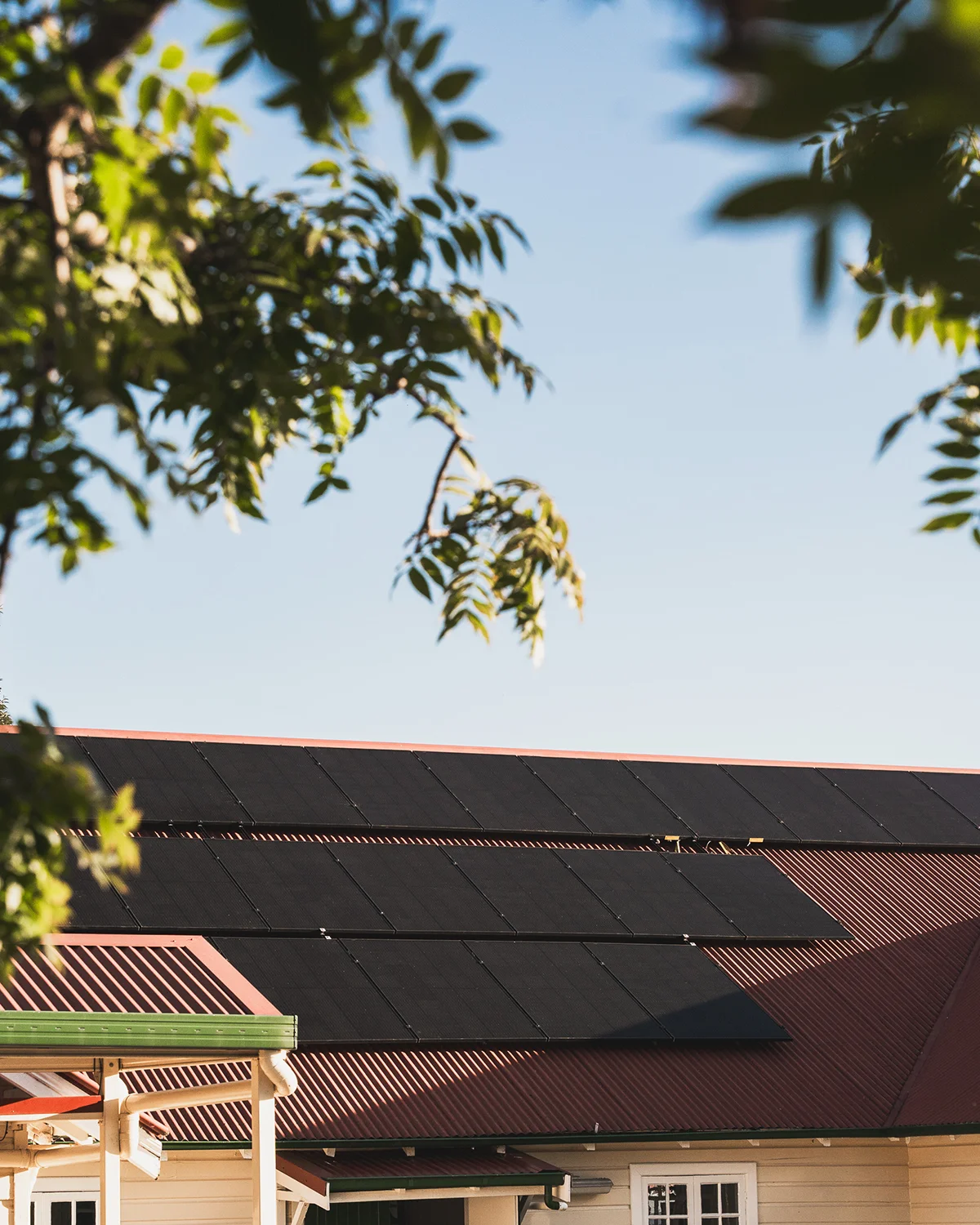

When a solar panel is larger or offers bifacial features, it generally means it can produce more power. The Watts (W) refers to the peak power output that a solar panel can produce.
There are various solar panel module sizes that homeowners can choose from like 440W, 500W, and over 600W where modules begin to be designed for more-commercial applications.
Whilst 440W are a popular solar panel choice for homeowners, there has been major improvements in solar technology, allowing for up to 470W power in the same footprint as its predecessor. This means that for the same rooftop real estate, you can pump out that extra power output throughout the day.
Elements like shifting to N-type and half-cell designs enable manufacturers to incrementally improve module performance, benefiting the end-user.
When looking into the ideal solar system size for your home, there are quite a few elements to consider in finding the right sized system, from both a power and physical installation perspective.
Being one of the more-popular choices for homes, small-to-medium households can take advantage of offsetting daily energy consumption with a 6.6kW solar system.
(14-15 Panels)
A 10kW solar system is designed and optimal for larger households with increased general consumption. This helps reduce daytime usage
and increases sustainability.
(21-23 Panels)
13.2kW offers that much more powerful supply of renewable power throughout the day, enabling high-consuming appliances like
air-conditioners.
(28-30 Panels)
Did you know that roughly estimating your ideal solar system size is not super-complicated? Whilst a professional will have more insight into solar system design and optimal efficiency, calculating the best solar system comes down to a few factors.
The average household energy consumption throughout Newcastle, Maitland, and the Hunter is approximately 17.2 kWh (6,278kWh per year), according to Ausgrid 2023-24 data. This mostly varies between 15-25kWh daily.
To estimate solar panel sizes, let's assume that there are 4.5 peak sunlight hours per day. A 470W solar panel would produce around 2.1kWh (2115W) per day, which means you can calculate your system size to the number of panels required to meet your daytime consumption.
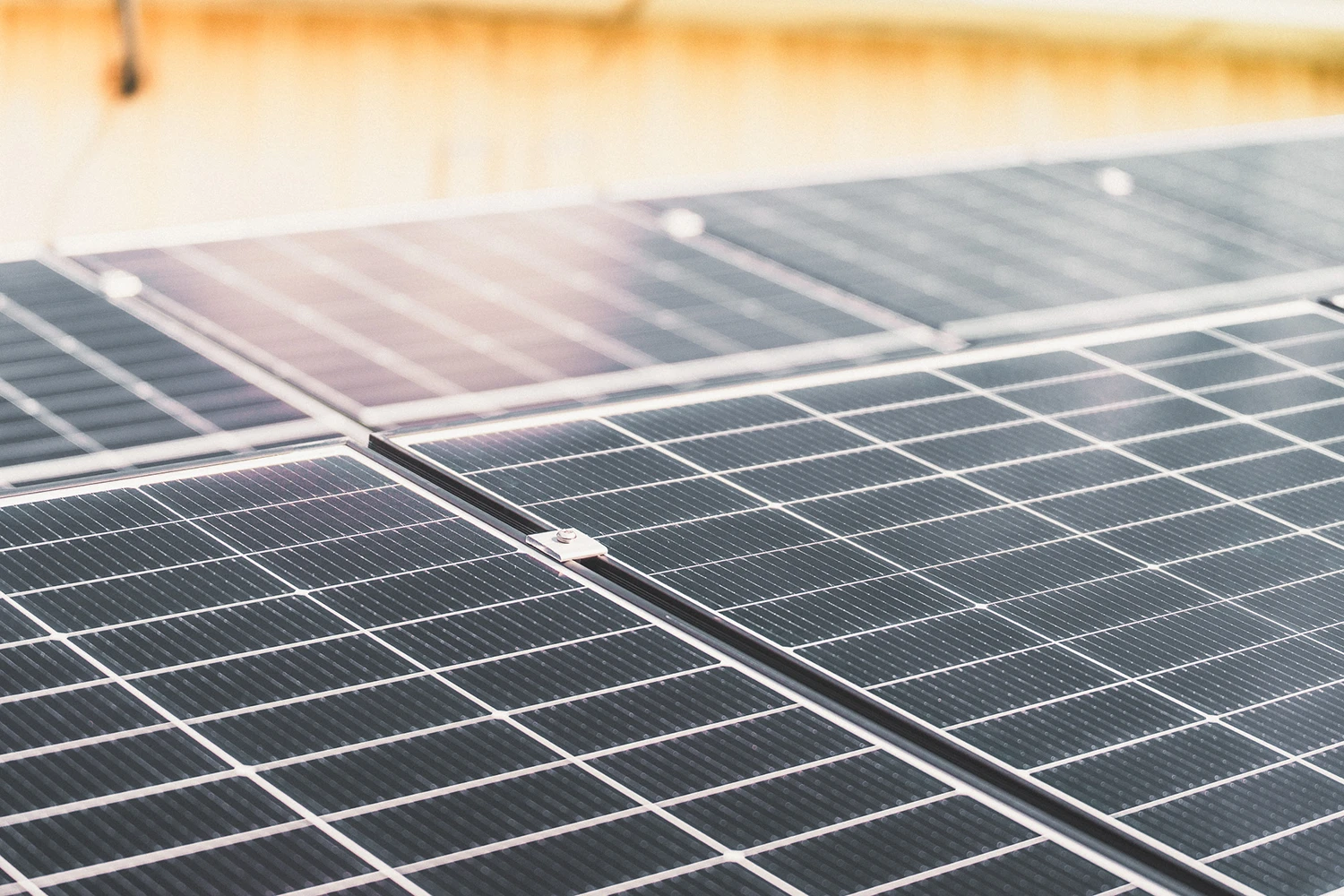
As solar installers in the NSW region, we highly recommend solar panels from brands like Trina, JA, and TW solar as they provide a wide
range of options for all kinds of homes and businesses wanting to install renewable energy. Here's our top 5 solar panel brands of choice:
Trina Solar has built a strong reputation across Australia for reliable, high-performing solar solutions. Their Vertex series caters to both homes and commercial projects, offering efficiency, durability, and design appeal.
With solid local support and long-term warranties, Trina remains one of the most trusted solar manufacturers globally.
We love and recommend Trina's Vertex S+ series modules.
As one of our most installed solar brands, JA Solar is known for dependable performance and strong value.
The company's focus on efficiency and cost-effectiveness has made them a popular choice among installers and homeowners seeking reliability without premium pricing.
Our most installed JA solar modules: The JA Solar DeepBlue 4.0 Series.
Being one of the world's largest vertically integrated solar companies, TW Solar produces every part of their modules in-house.
Their panels are known for consistent output and robust build quality, making them well-suited to Australia's diverse climates. TW's growing market presence highlights their balance of quality, innovation, and long-term performance.
Our TW top pick: TW TNC 2.0 Module Series.
REC Group is a premium manufacturer recognised for its advanced engineering and cell technologies.
Their panels are designed for both aesthetic appeal and high efficiency, supported by comprehensive warranties that include labour through certified REC installers.
REC solar panel modules of choice - REC Alpha Pure-RX series.
A newer name gaining traction in Australia, AIKO Solar combines sleek design with competitive efficiency and price. Their all-black modules complement modern homes while maintaining strong performance.
Backed by solid warranties and growing recognition, AIKO represents the next generation of value-driven solar technology.
For the ultimate minimalism, AIKO's NEOSTAR 440-470W All-black series.
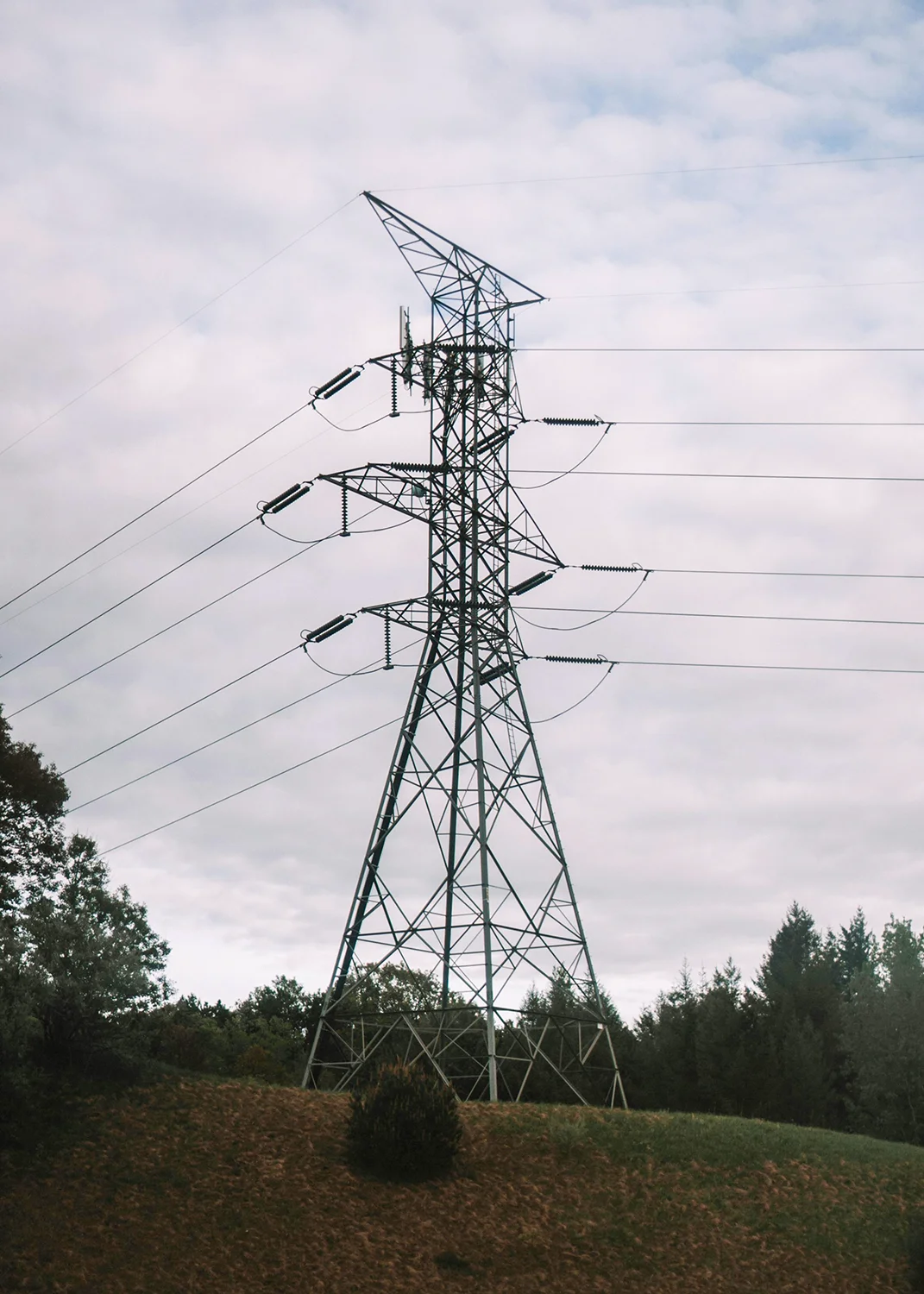
When installing solar anywhere in NSW like the Newcastle, Maitland, or Hunter region, it's worth considering the requirements set by your local energy provider (DNSP), who are responsible for maintaining the grid and its compliance.
Whilst DNSP requirements vary, each provider will have their own guidelines for what needs approval. For example, Ausgrid states that households can get up to 10kW per-phase (based on the inverter size). Three-phase homes can install up to 30kW of solar.
This is a hidden trick where systems can be oversized by up to 33%. This means that a 6.6kW solar system can be installed with a 5kW inverter. It also means that a 13.3kW system can be installed with a 10kW inverter and meet the per-phase requirement even though the solar surpasses the requirement. Anything over 10kW requires more complex approval.
The 33% rule is why we rarely see the same solar and inverter size installed, as the additional production helps produce more solar energy in the mornings & evenings.
Choosing the right solar system size is essential to ensuring your system is well-balanced and provides you with maximum savings and
benefits within your pricing budget.
For smaller, 2-3 person households, a 6.6kW solar system is optimal, providing from $1,200-$1,500 in savings, which costs around $6,000-$9,600*.
For slightly larger medium-sized homes, an 8kW solar system is recommended for savings around $1,500-$1,900 annually, and costs around $8,250-$12,000*.
Large households with 4-5 people could take advantage of a 10kW solar system which costs around $9,750-$13,600* and saves approximately $1,900-$2,400 per year.
*Base supply & installation pricing is only indicative and are subject to a site inspection.
By analysing your most recent electricity bill, homeowners can gain insight into consumption statistics like average daily energy usage and when they're using most of their energy, to determine the ideal solar system size.
Your quarterly energy consumption will vary throughout the seasons with different production in summer vs. winter, so it's also worth analysing past bills for historical data.
If your usage is highest during summer when the air conditioner is on continuously, or you're about to get an electric vehicle, it's going to be worth accommodating the higher energy usage with a larger system to really offset daytime usage.
The primary goal is to determine the right sized solar system to accommodate your lifestyle & consumption which will be unique to you.
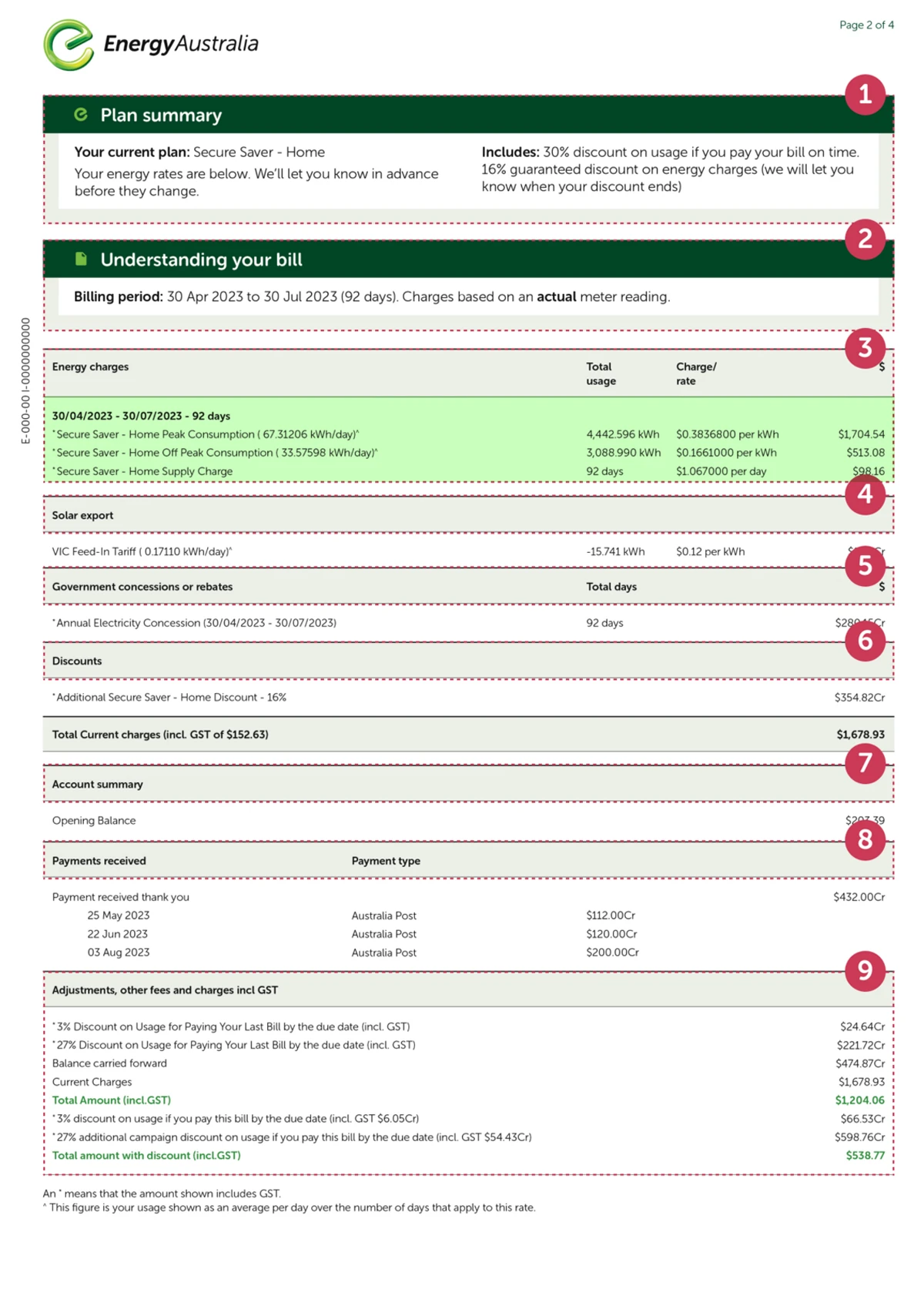
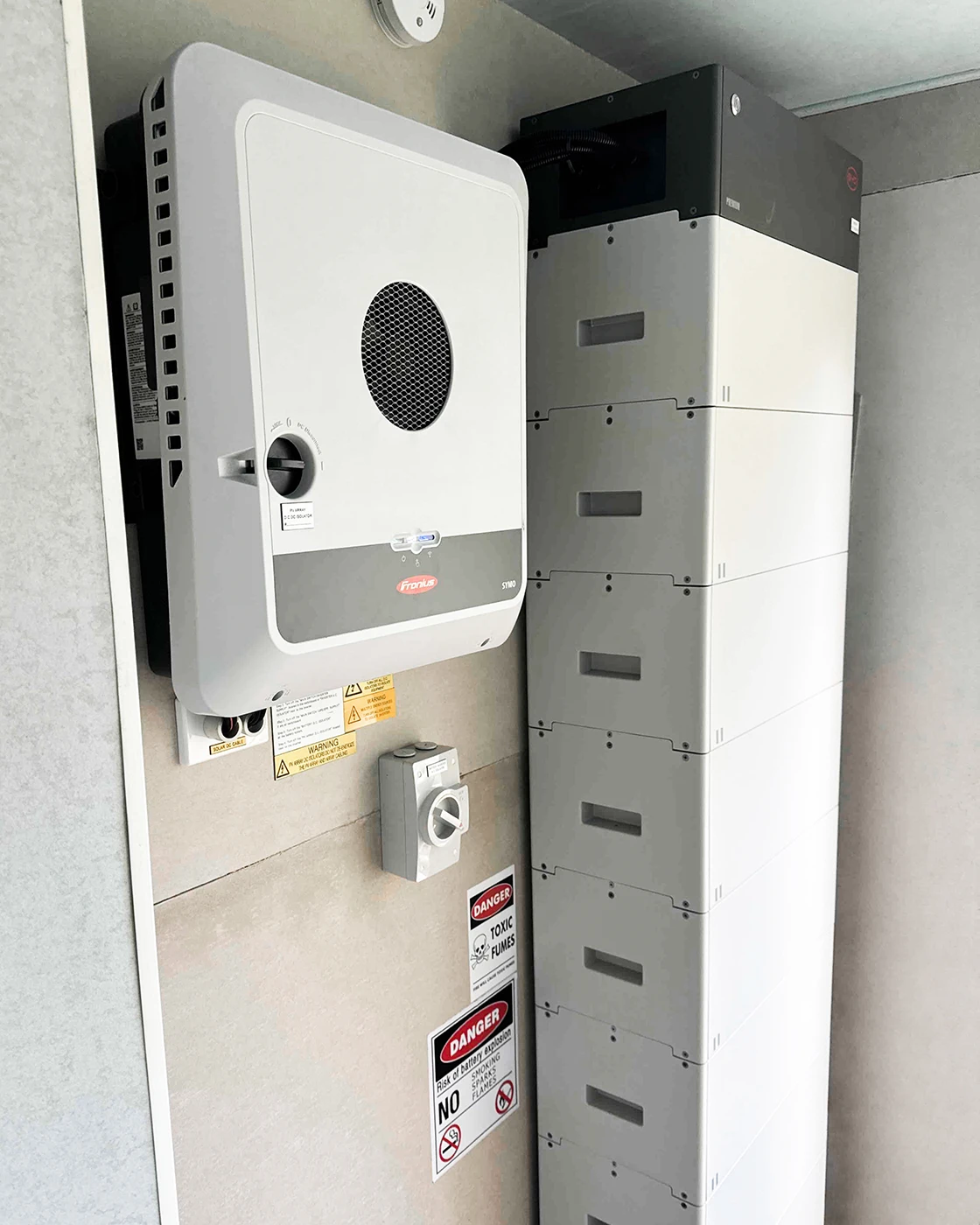
As mentioned before, a typical NSW home consumes between 15-25kWh of energy, but this doesn't reflect when most of it is being used.
If a solar-only household uses the majority of their energy during peak periods when the sun is down, they will miss out on the full benefits of solar power.
Battery storage comes into play when households want continual renewable energy supply during the night as it stores the excess energy that the solar produces throughout the day.
By analysing your energy bill, you can identify if this is the case for your property and accommodate your lifestyle with the right sized battery system.
If your local installer is like us, they'll provide free quoting, consultation, and proposals that will consist of tailor-made solar designs and sizes to maximise your energy and benefits.
Now that you have a bit of context behind the criteria of finding the right sized solar system, we highly recommend doing some research in both the suggested solar panel brands, and identifying your local SAA-approved installers to ensure your system is installed properly and to Australian standards.
Once you get the optimal solar system installed, you'll be able to live worry-free on using your high-consumption appliances throughout the day as your renewable energy will help offset it.
Explore Australia's first CEC-approved bidirectional and vehicle-to-grid capable electric vehicle, the V2Grid Numbat, a 6.2kW V2G/H charger now ready.
Explore how battery nominal & useable energy capacity is different to power output, and learn about state of charge, depth of discharge, and cycles.
Explore the differences between AC and DC electric vehicle charging in Australia and how it affects the way you charge your EV, and the pros & cons.
Considering a cheap solar system? Learn how low-quality, unreliable inverters and panels can lead to costly repairs, full replacements, and safety issues.
Volts vs amps vs watts explained simply. Learn what current is and how watts are calculated using examples & easy conversions for electricity in Australia.
Battery supply chains are tight across Australia, with shipping delays leaving many installers out of stock and customers waiting longer. What's happening?
Renewable News Articles
Not only are we specialists in solar power, but we pride ourselves in being leading installers in battery
storage, as well as EV charging for homes and businesses. For solar and battery systems, we offer both on and off-grid solutions for a
range of applications.
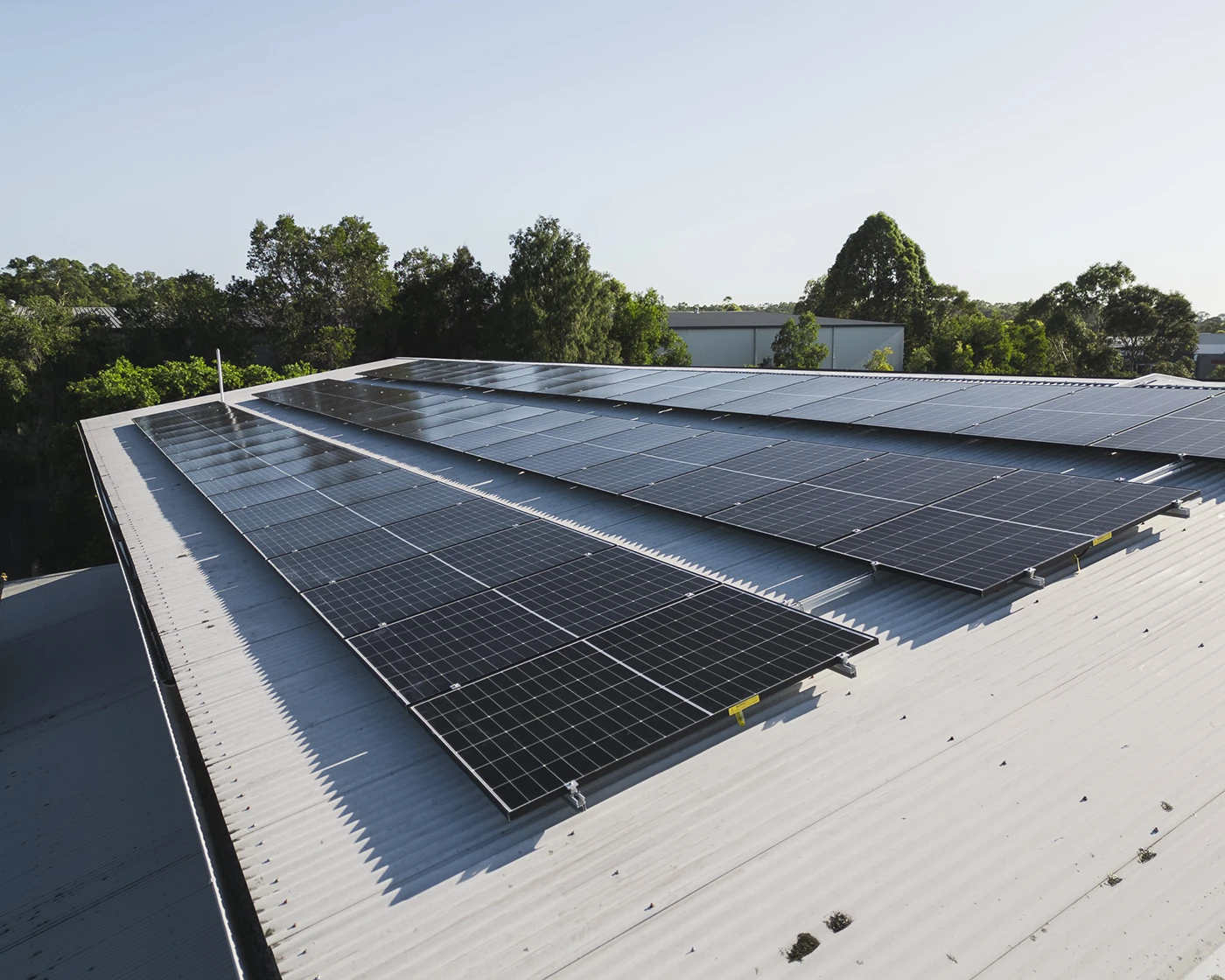
Newcastle's leading solar installers, providing long-lasting residential and commercial rooftop solar systems.
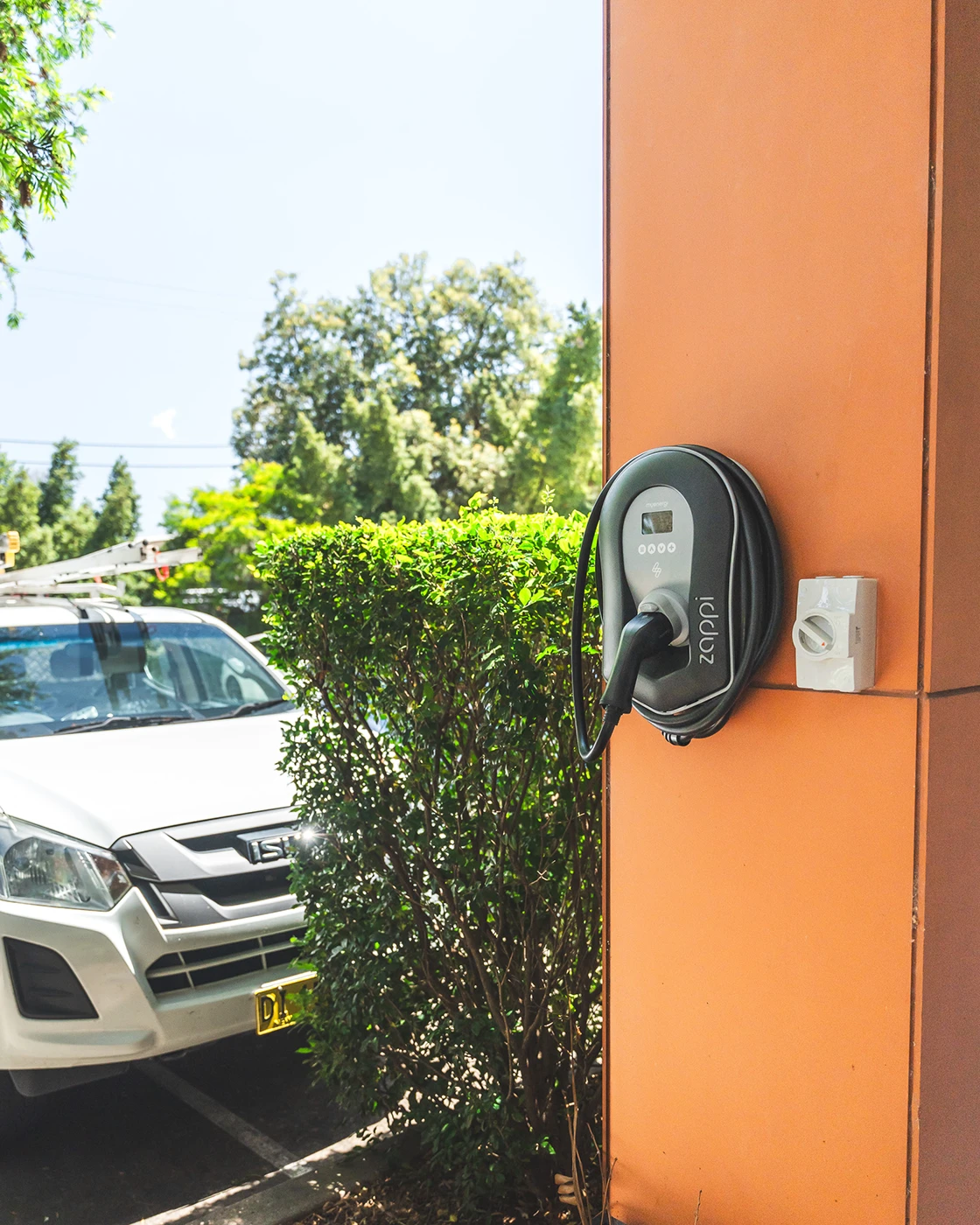
Experts in both residential and commercial electric vehicle charging station installations from 7kW - 360kW+.
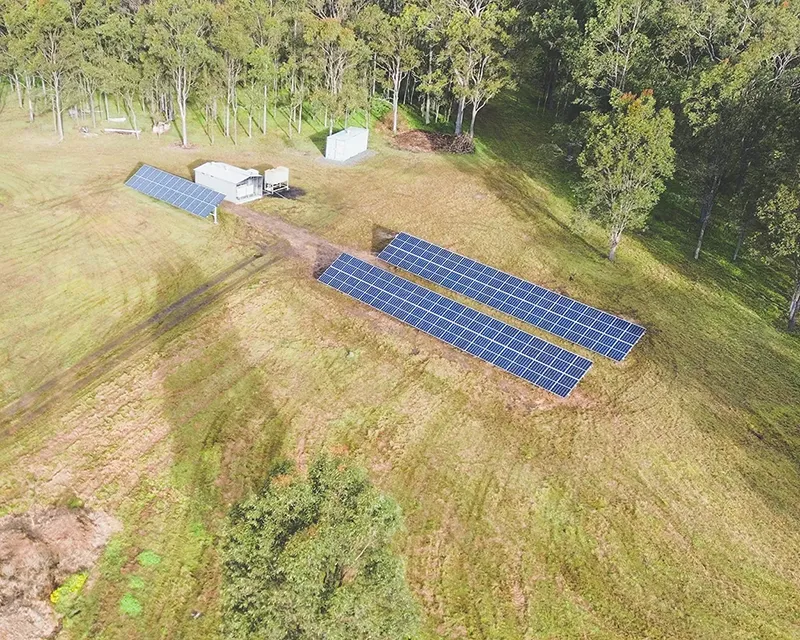
Specialists in off-grid solar and battery, helping properties never have to pay another electricity bill again.
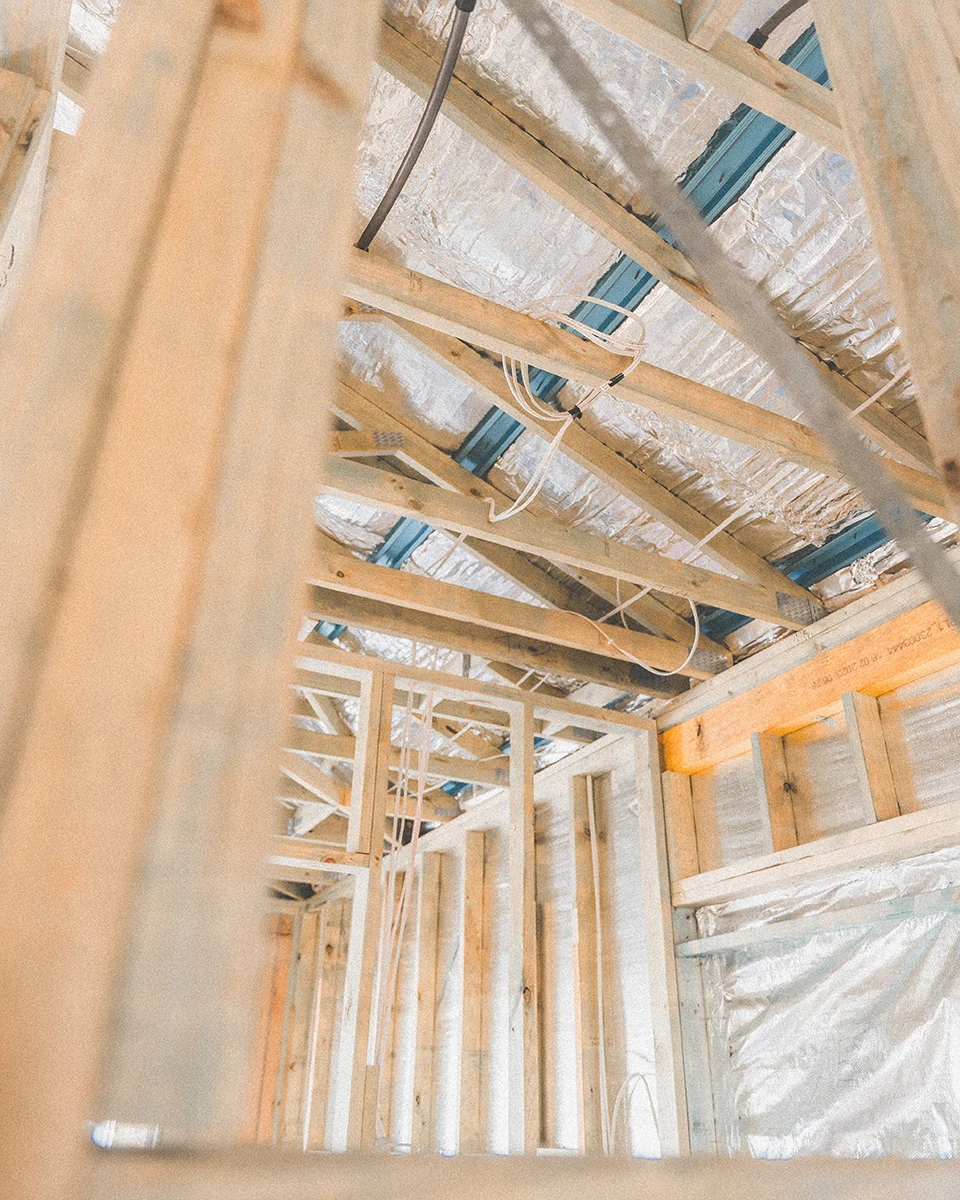
With decades of electrical and industry experience, our fully-qualified & licensed electricians are here to help.
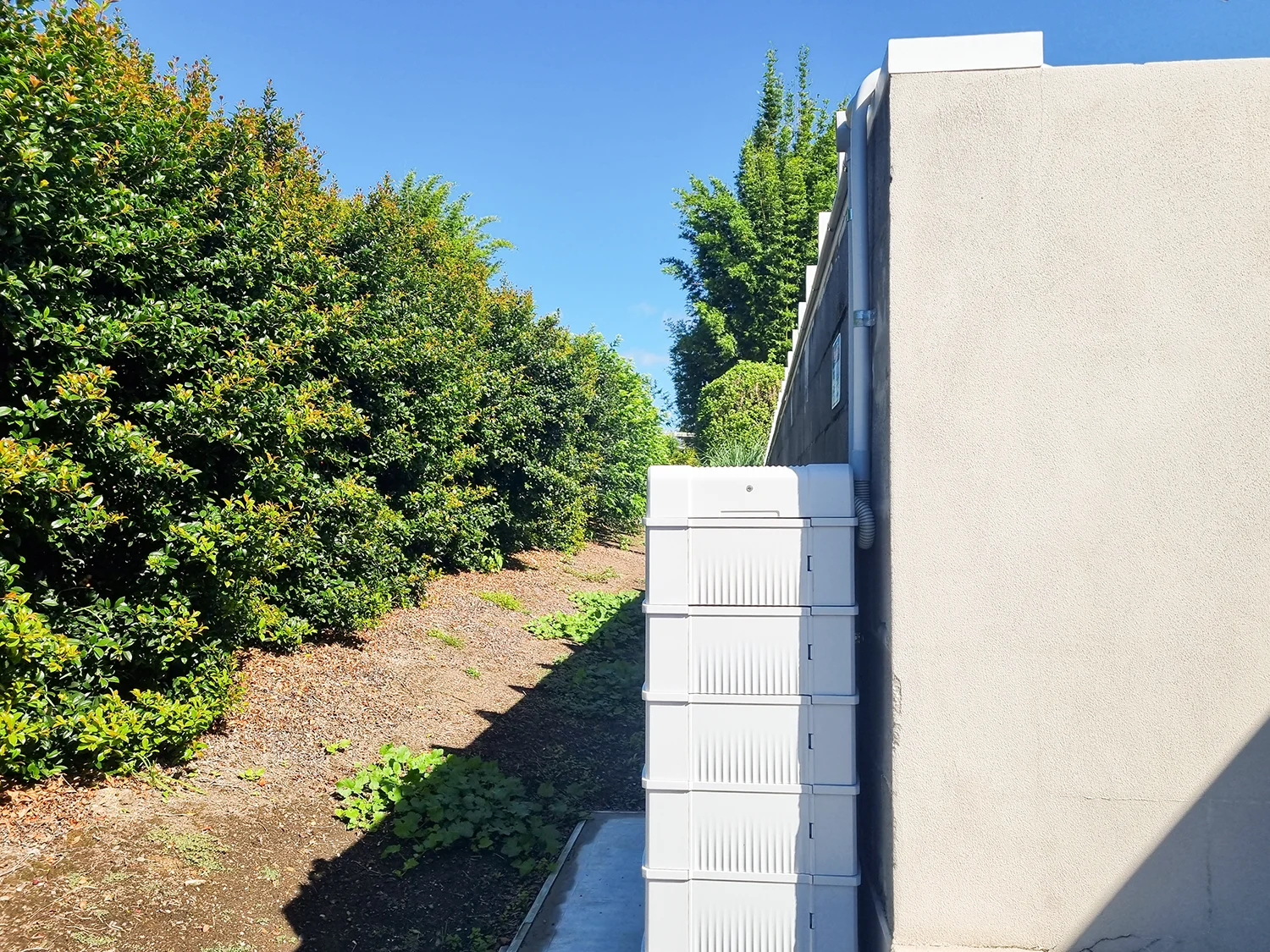
Maximise your solar generation with battery storage from reputable brands to accelerate return-on-investment.
Leave a Comment